Don’t be stupid in a storm. Your body, duct tape and flames can’t help you. What can?
One of the worst feelings after a hurricane comes and goes is the feeling of regret.
If only I had properly secured my windows.
If only I had organized my important papers and documents where I could find them fast.
If only I didn’t run that generator in my house, I might not be in a coma now.
If only ....
Don’t be an if only person.
Here’s what to avoid to help you better weather a storm:
KNOW MORE: Steamy ocean means ‘a very, very busy season’ for hurricanes, early forecasts say
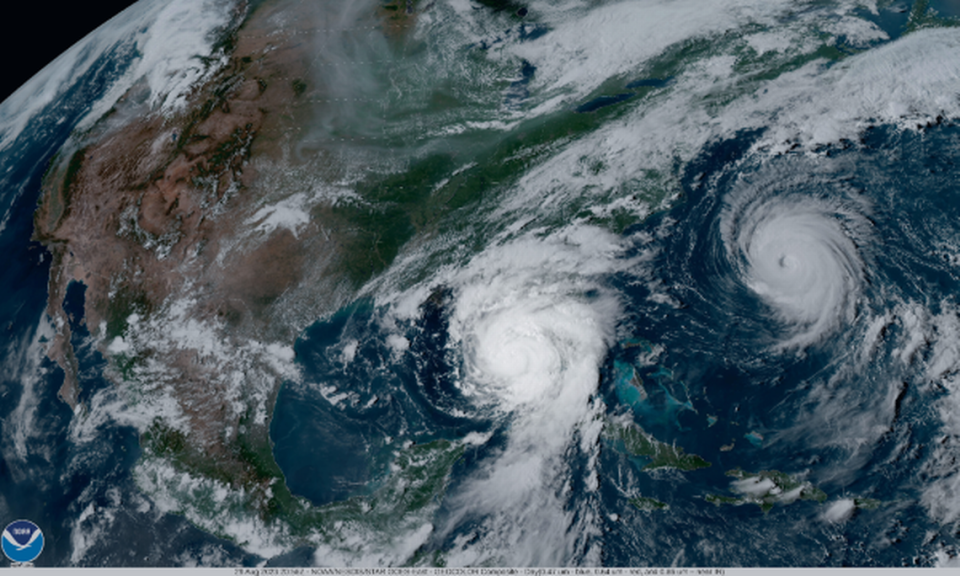
1. X-ing the windows with tape
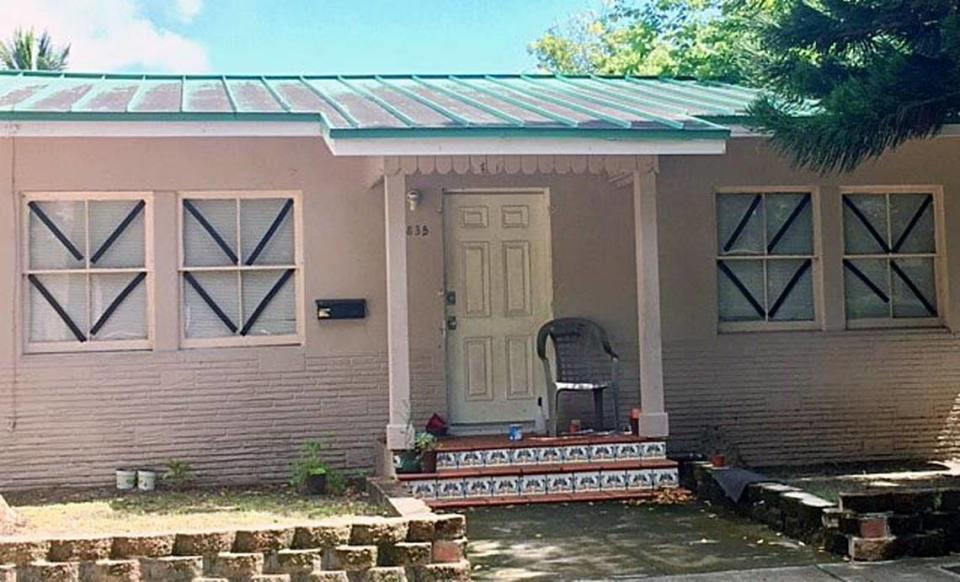
Hurricane experts advise against taping windows to “strengthen them” ahead of a pending storm.
When you slap duct or masking tape over your windows, you aren’t making them stronger. Unless they are hurricane-rated windows, when flying debris stirred up by winds that can be in the triple digits smashes against a regular window, it’s going to break. Tape may keep the glass from spraying inward in a shower of little pieces. But would you rather be blasted by tiny pieces — which really hurts — or beheaded or stabbed in the heart by a large shard with tape dangling off of it?
Plus, after the storm, that tape is going to have to come off if everything’s intact. Trust us, because we ignored this advice back in 1979 when Hurricane David threatened Miami. Getting sun-baked adhesive off of a window is way harder than putting it on.
Instead, secure the windows with shutters, if you have them. Or put up plywood. Consider hurricane-rated windows (pricey, but if you have the means, a relief). Also, give windows a fighting chance by removing loose objects from your yard and trimming trees (the latter, ideally before hurricane season begins June 1 and not the day of a tropical storm warning) and check the seals on your windows ahead of time to reduce water seepage into your home, suggests Paul Ryan Windows.
2. Cracking open a window to relieve pressure
Some people think it’s a good idea to crack open a window to relieve the pressure inside the house to keep it from expanding like a balloon and blowing up like Dr. Kananga, the bad guy in the old James Bond movie “Live and Let Die.” Homes don’t blow up from internal pressure during a hurricane. Rather, once wind gains entrance it can streak upward and push your roof off the foundation, making it appear as if the house blew up from internal pressure.
Don’t let the wind enter to your home. Protect all sides of your house.
3. Using your body to brace doors and windows
Those who have been through major hurricanes may tell you of the surreal visual of watching their doors and windows bending to the pressure from the winds. In many cases they held, believe it or not.
But at this point you aren’t your window’s best ally. Don’t buoy them with your body. You’re no match for nature’s fury. Get into another room, preferably a windowless room, instead.
4. Using candles
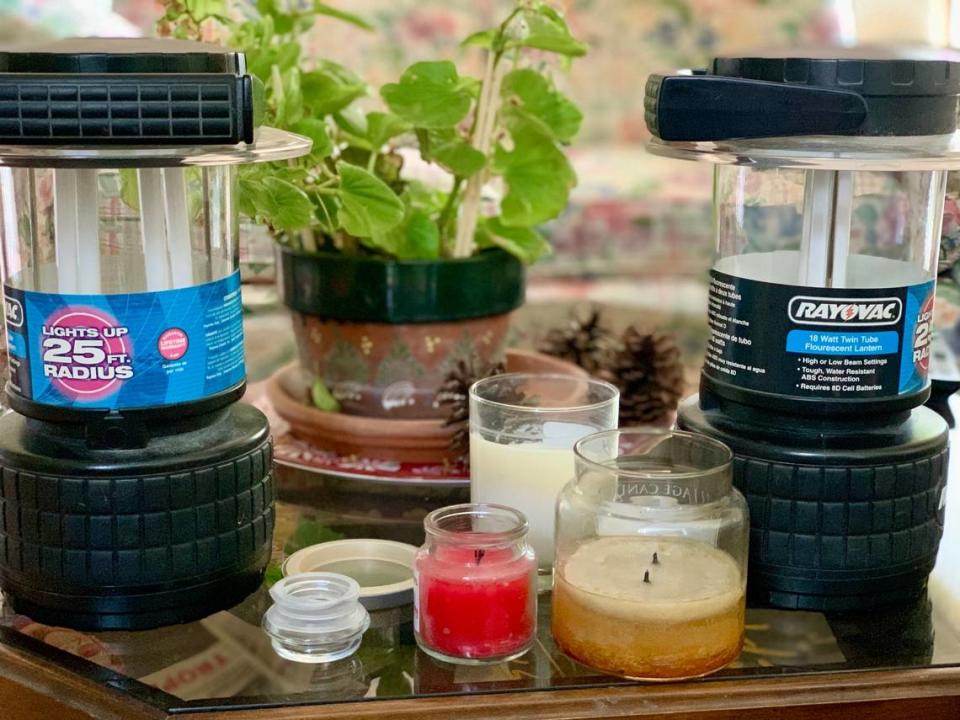
Candles are lovely when you can monitor them at all times without distraction. A raging storm outside your home is a distraction. You won’t be paying attention. You may be scurrying about. Candles tip. They get knocked down. They start fires. If the power goes out during the storm — and it probably will — battery-operated flashlights or lanterns are much safer.
And you did buy enough batteries, right?
5. Procrastinating
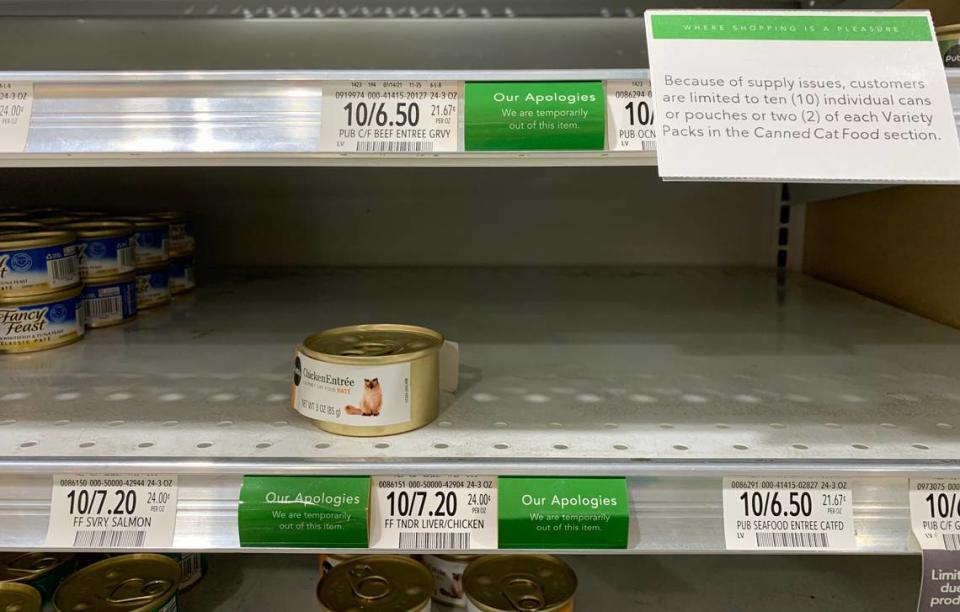
Speaking of buying batteries, don’t wait until a tropical storm or hurricane is on the news and heading in your direction to rush to the supermarket to buy supplies like non-perishable foods, batteries, medicines, pet food, baby supplies, water.
Hurricane preparedness should start ahead of storms. Get these items ahead of watches and warnings and reduce the stress of standing in long lines and the stress of not finding what you need.
And if you have insurance on your home and flood insurance, make sure ahead of time that your policies are current and that you have sufficient coverage for hurricane season. And be organized. Have important documents like these and others in a grab-and-go spot.
READ MORE: What was it like when four hurricanes tormented Florida? Let’s take a look
6. Going outside too soon
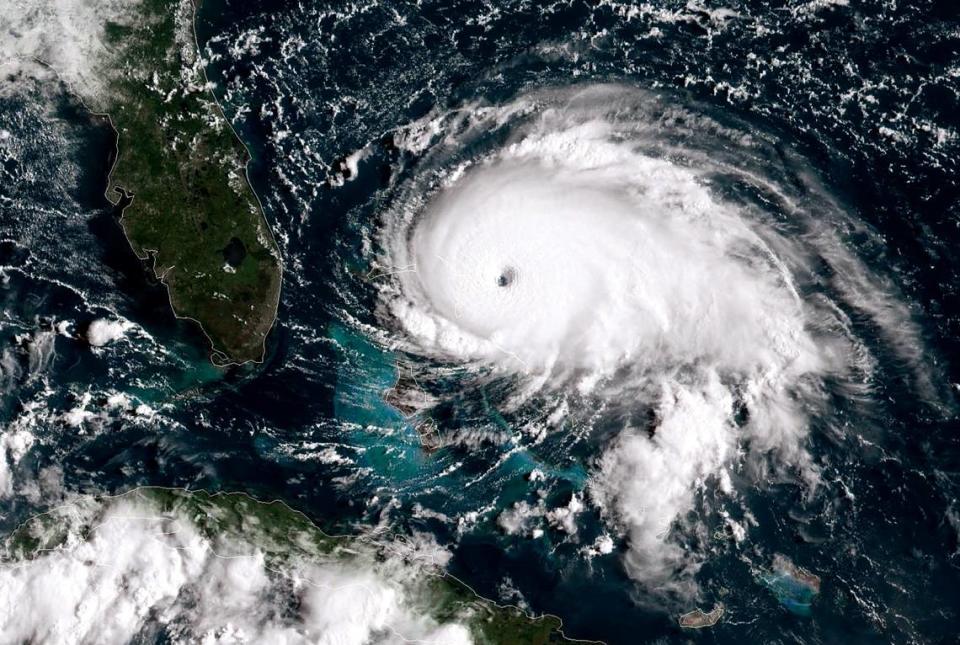
Cabin fever in a shuttered home is a bore. Getting hurt is worse. Once a storm has passed, downed trees and power lines can be dangerous if you stumble into them. So be careful.
Avoid the temptation to venture outdoors during the calm in the eye of the storm, the National Hurricane Center warns. We know you want to take selfies and socialize and see what just happened — but wait until meteorologists inform that the storm is really over in your area. That lull is deceptive and even stronger winds can quickly resume.
“Take shelter immediately as winds will increase rapidly and unpredictably after the eye passes,” the hurricane center warned storm-tossed people in the Abacos who went outside to take photos and videos in the eye of the storm during Dorian in 2019.
Drive only if you have to because roads without stoplights and covered with debris or water, can be deadly. Our drivers, even in nice weather, are, well, not the best.
7. Running a generator inside
Do not run a generator from inside your house or garage — even if you have the doors and windows open, Miami-Dade County officials warn. Fire hazard. And you expose yourself to dying from carbon monoxide poisoning.
The same warning applies to running it from your balcony when you live in a multi-unit building like an apartment or town house. Balconies are too close to your own living areas and to your neighbors’ homes.
Also, never run a generator on grass or on a metal surface. Make sure the surface is dry before starting your generator, and keep your hands dry, too.
8. Not evacuating if told to do so
If there is a mandatory evacuation order where you live, make plans so you know where to go — and get out when the getting’s good. If you have pets and are considering a shelter, make sure you find one that allows pets, or have a pet plan ahead of time, suggests Florida Disaster.Org, a division of emergency management.
Note: Public safety officials will not risk their lives to respond to emergency calls in mandatory evacuation zones during the storm so you can be on your own for 72 hours after a storm, warns the Weather Channel.
9. Driving on fumes before storms approach
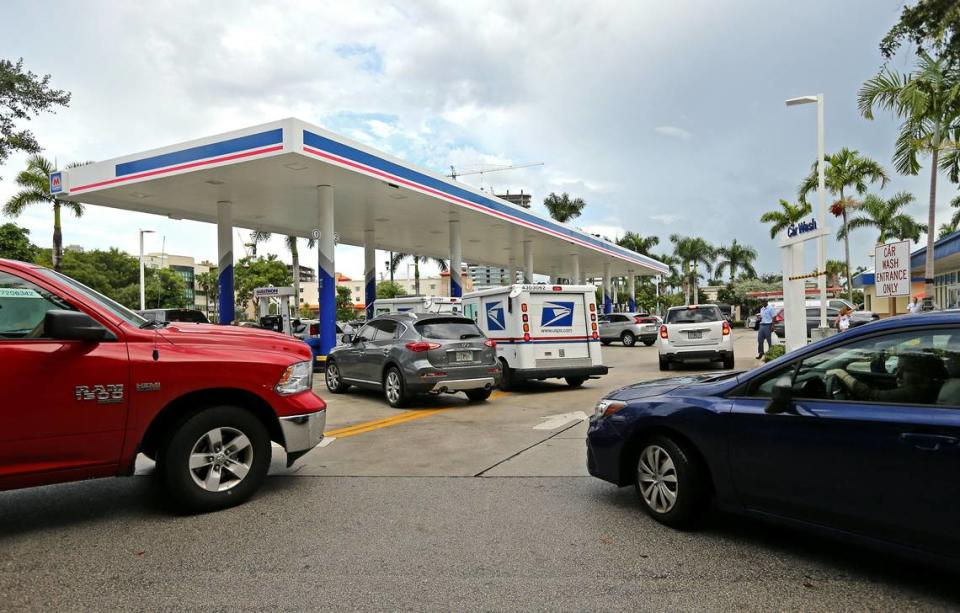
How many times have you let the needle tick down until the little gas tank symbol lights up on your dashboard? Not wise in January. Stupid in June.
You can breeze in and out of a gas station out of hurricane season when you come to your senses and fill up. During the hurricane season months of June through November, when a warning is issued everyone panics and lines form down the block outside of stations. You’re left fuming, burning the little fuel you have left, and wasting precious time. After a storm you may not even be able to get gas for days or weeks if stations are damaged, power is out or distribution centers are blocked.
Fill your vehicle’s gas tank. Oh, and make sure you have a car charger for your cellphone, suggests Pete Duncanson of ServiceMaster Restore. You may need to call and tell your family why you’re still not back home yet.
10. Leaving those gorgeous planters on your porch
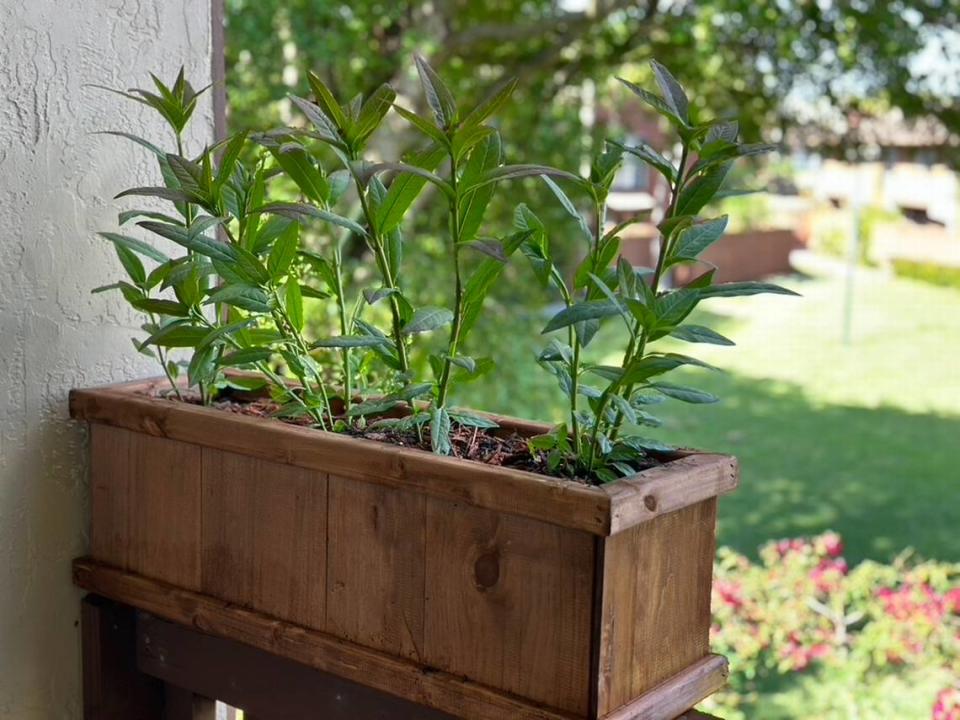
That wooden planter with spring-planted milkweed to attract butterflies to your backyard is so pretty. But unless you want it attracted to your neighbor’s sliding glass door from a heavy gust of wind, bring it indoors. This tip also applies to other loose items around your house, including umbrellas, deck chairs and toys.


